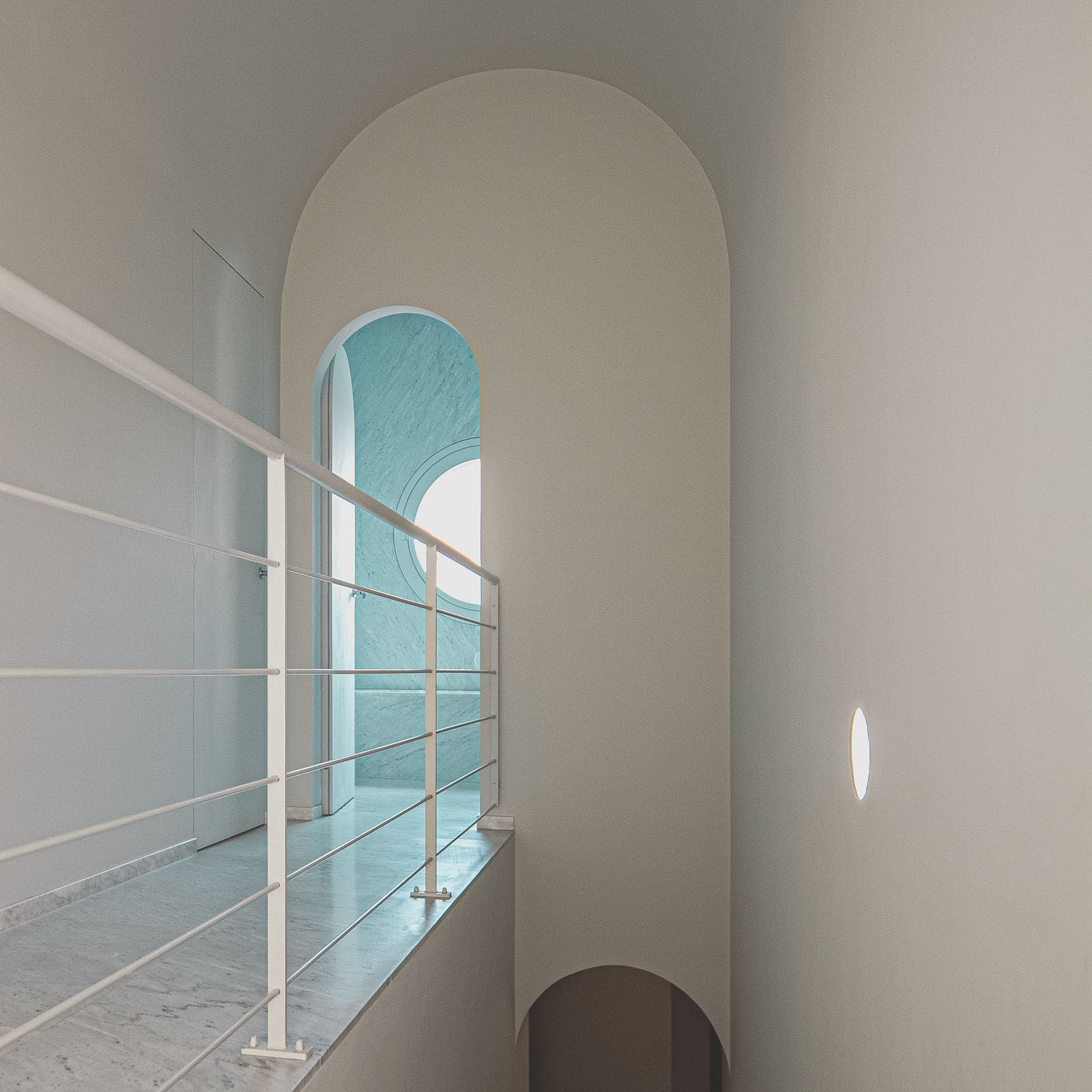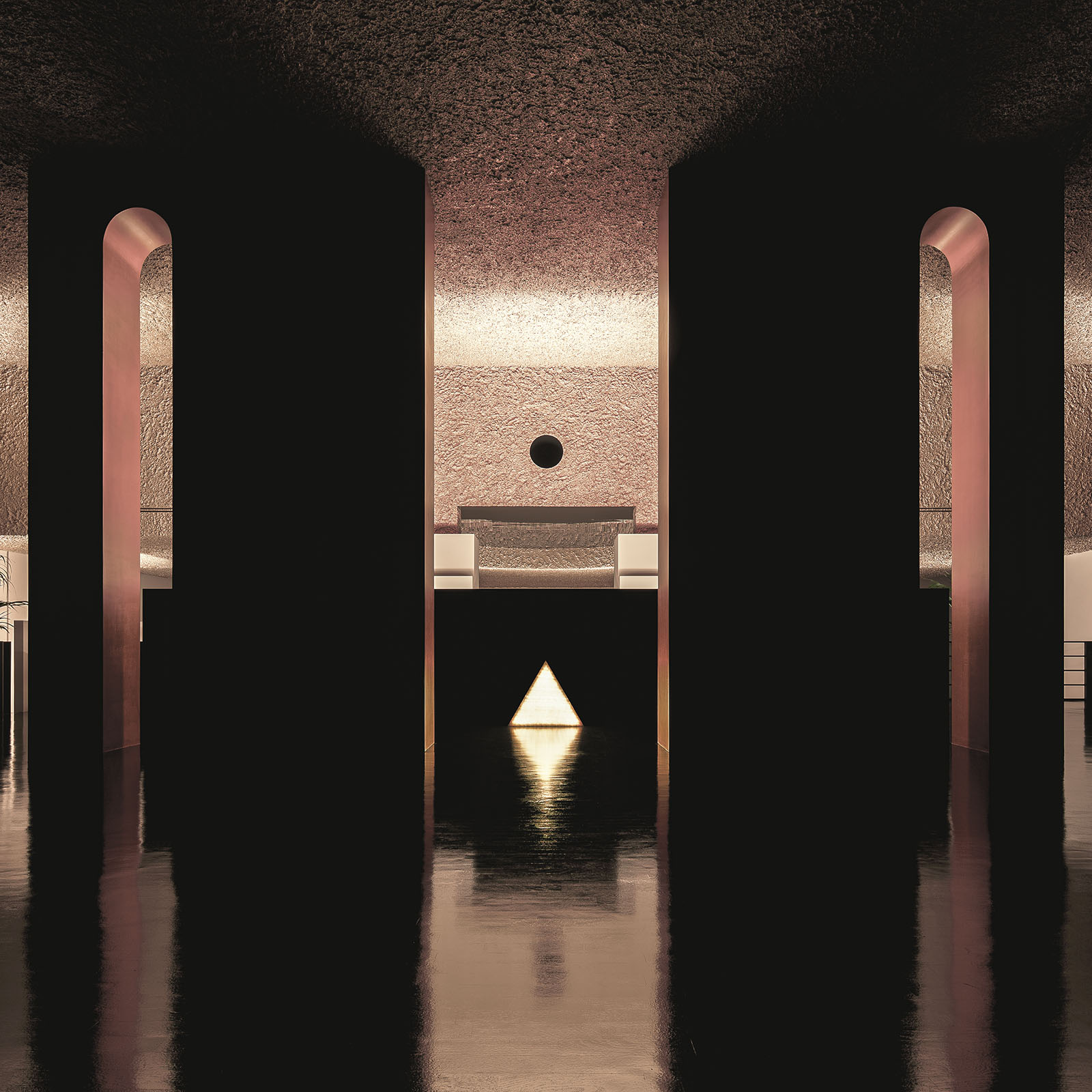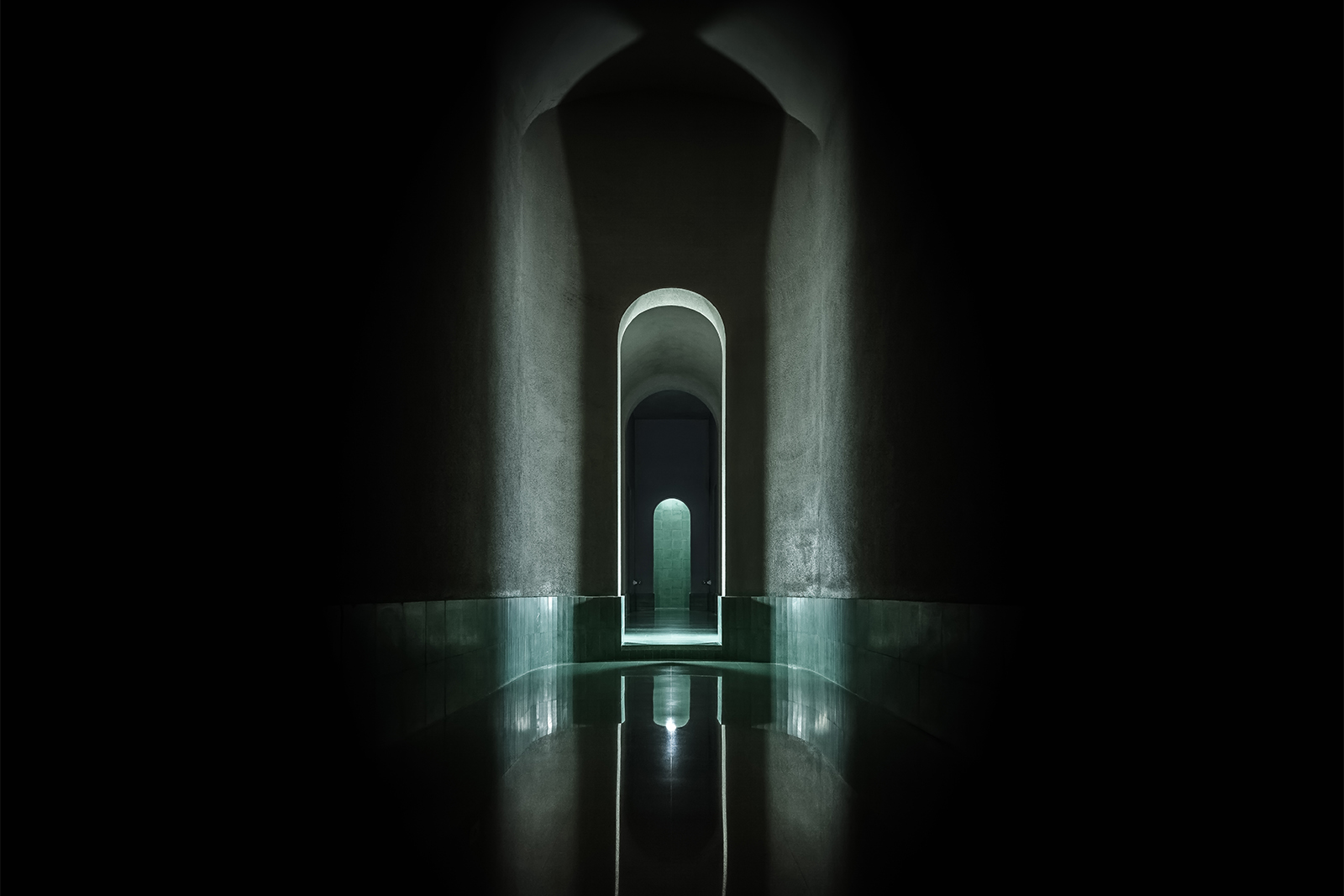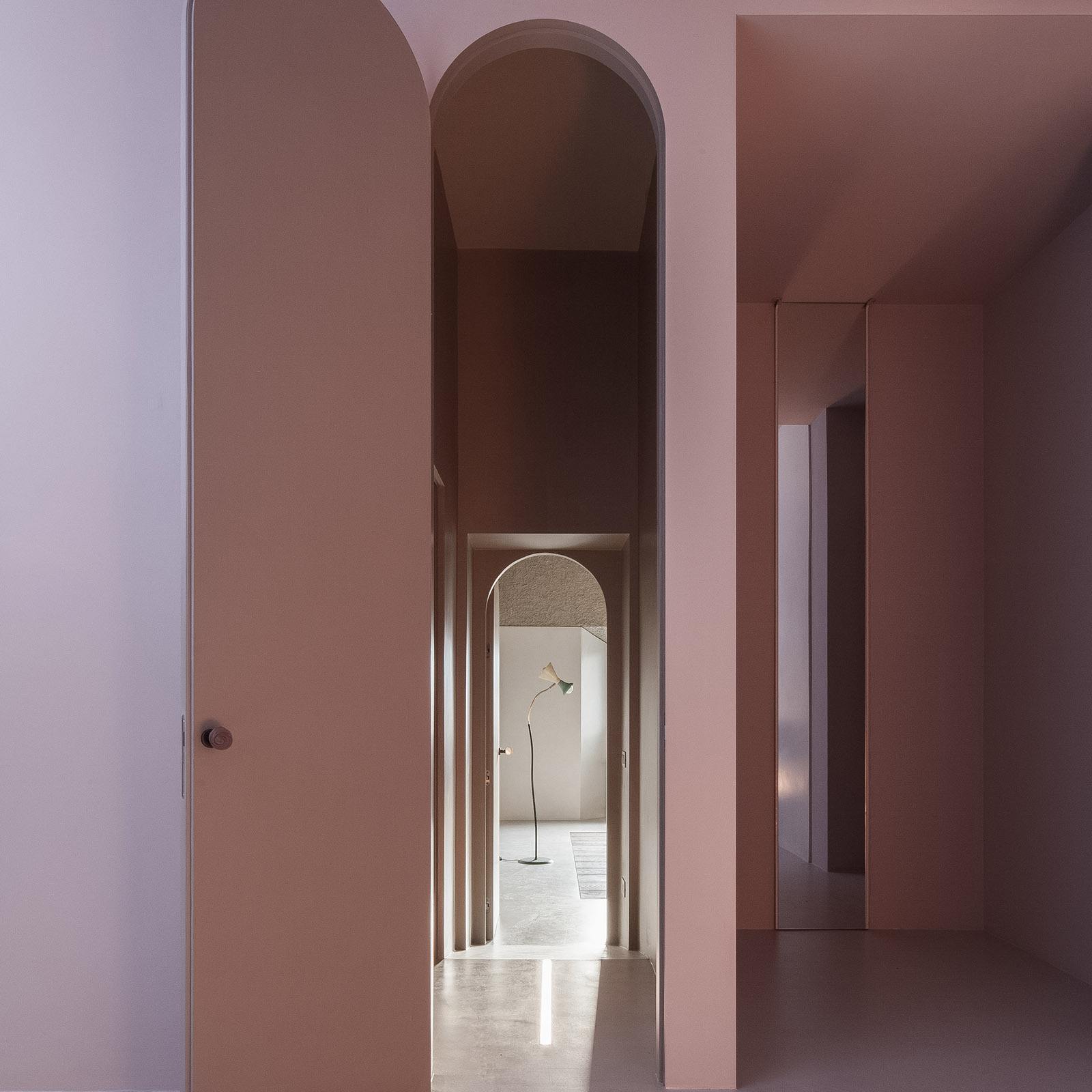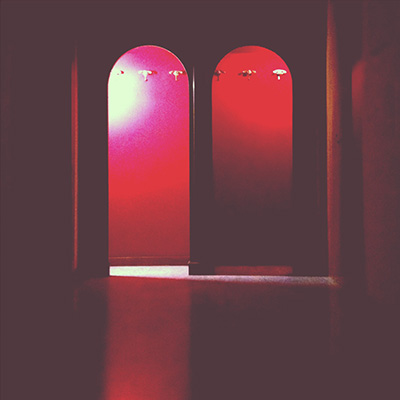
Introduction
Antonino Cardillo
For much that has been built in the world, the presence of the ‘words’ Vault, Grotto and Arch has been constant. The modern age, on the other hand, has progressively removed these ancient ‘words’ from current usage. New ‘words’, which referred to the machine age, were introduced.
A deterministic reading of the phenomenon interpreted such substitution as a consequence of the introduction of new techniques of construction, made possible by the advent of the Industrial Revolution (concrete, iron and glass). But, despite this, the ‘words’ Vault, Grotto and Arch still inhabit our imagination. They embody archetypes that continue to move us today.[1]
According to Heidegger, “language is the house of the Being”,[2] so its unfolding through time could reveal to us the hidden structure of that historicity that it makes possible. The ‘words’ Vault, Grotto, Arch come alive through the exercise of the psychological function of Sensation: that capacity to transfigure the experiences we make in the world, through our body, into architecture.
Modern architecture seemed to have lost this erotic-sacral discourse. Its forms appeared as consequences of logical thought, whose overvaluation inhibits all possible integral knowledge of reality.
Heinze ArchitekTOUR Kongress, STATION-Berlin, Berlin, 23 Nov. 2017.
Notes
- ^ Martin Heidegger, Über den Humanismus, Klostermann, Frankfurt am Main, 1949; It. ed., Lettera sull’Umanismo, Adelphi, Milan, 1995.
- ^ Carl Gustav Jung, Psychologische Typen, Rascher & Cie. Verlag, Zurich, 1921; It. ed., Tipi Psicologici, Bollati Boringhieri, Turin, 2016, p. 493.
